| Vintage Pulp | Apr 20 2023 |

He was honest. Everyone else made the mistake.
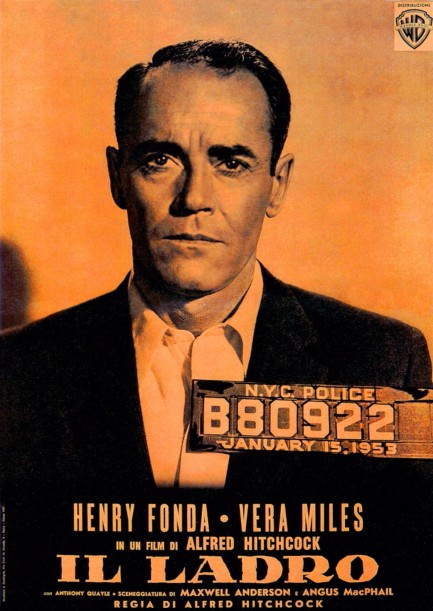
An array of posters were made for Alfred Hitchcock's crime drama The Third Man, which was titled in Italy simply Il ladro—“the thief”—but we've chosen this unusual mugshot based promo because it encapsulates the film nicely. The tired look on star Henry Fonda's face says it all. He's mega-screwed. There are probably other movies that took the mugshot route with their poster art, but we can't remember seeing any examples. For Il ladro, the mugshot poster was part of a series of photo promos taken from various frames in the film, but today we'll just share the one above. Also, below you'll see two more Italian posters painted by Luigi Martinati. It's rare that we prefer photo art to paintings, but this case, because of the subject matter of the film, is one of those exceptions.
Said subject matter is the true tale of Emmanuel Balestrero, an everyman who is falsely identified as an armed robber. This leads to his arrest, ordeal in jail, trial, and retrial. The movie hails from a more naive time, before Americans realized that when the police come asking questions the only answer you give is: “Am I under arrest?” And if the answer is yes, the next thing you say is: “Lawyer,” and that's all you ever say. It's crucial never to talk, because in the U.S. cops are allowed to lie to you, claim there are witnesses that don't exist, or that there's evidence they don't really have. That isn't legal in England, Australia, New Zealand, and many other countries. But Fonda doesn't know any of that, and ultimately that's largely why he ends up behind bars.
After he makes bail he and co-star Vera Miles pound the pavement investigating the false accusation. We doubt that happened in real life, but that's the movies for you. Their amateur sleuth bit works fine narratively. There's a psychological digression that's less compelling, but was included because it was part of the true story. On the whole, though, we like the movie. And we like Hitchcock's style here during his middle phase (he began directing in 1922 and finished in 1976), before high concept thrillers like Vertigo and Rear Window—though those are also good. Here he keeps it mostly basic, and the result is a harrowing drama, which is hard to bear as Fonda is slowly railroaded, but is extremely well put together and compellingly acted. The Wrong Man premiered in the U.S. in 1956 and reached Italy today in 1957.
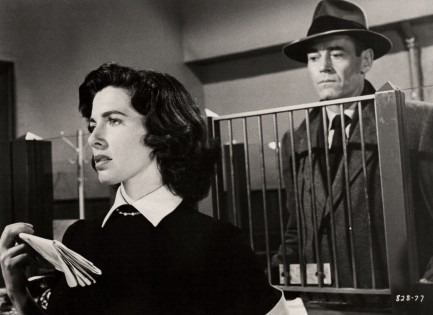
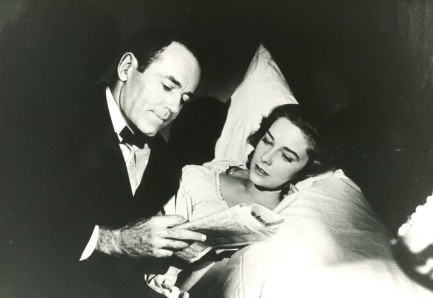
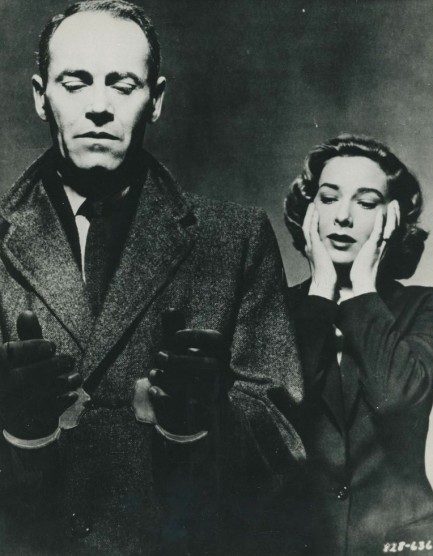
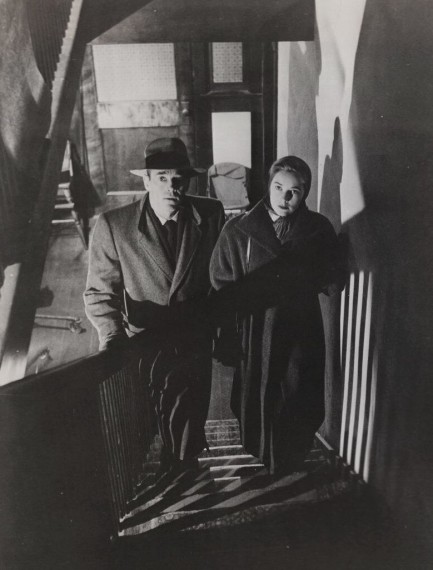
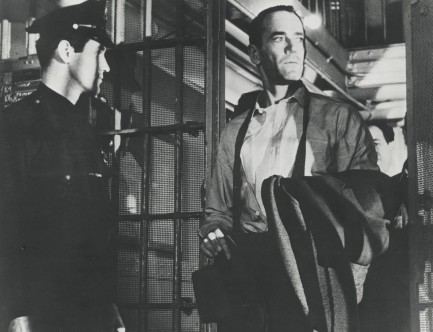
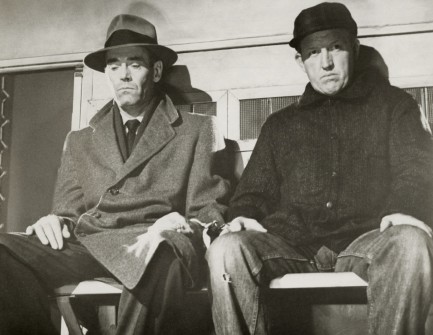
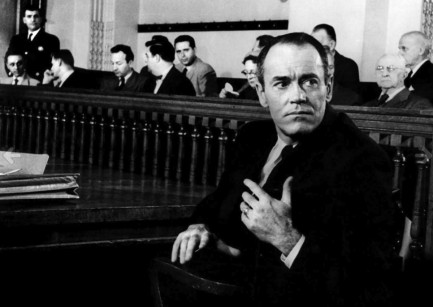
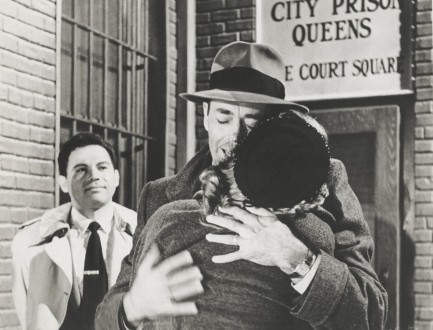
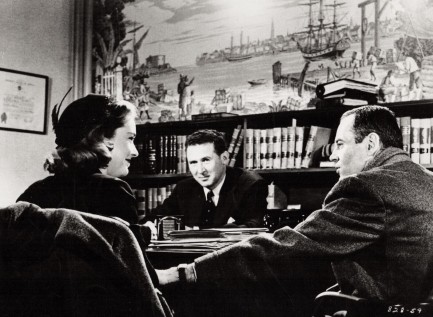
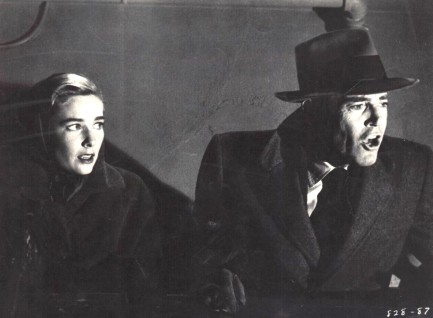
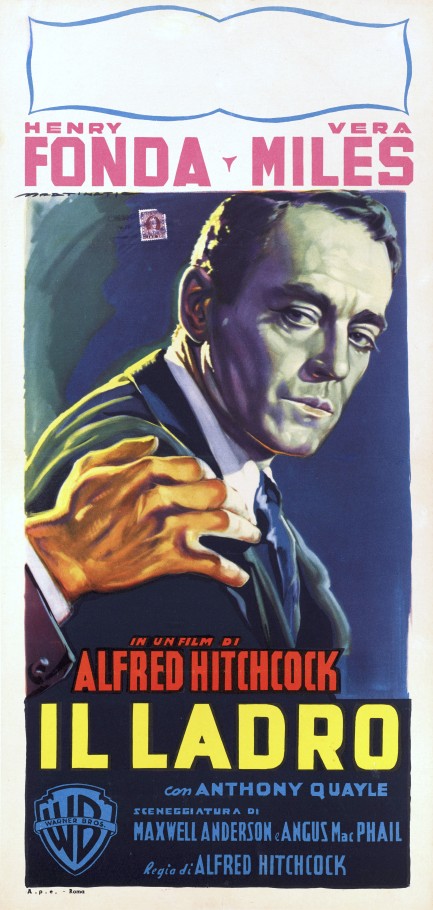
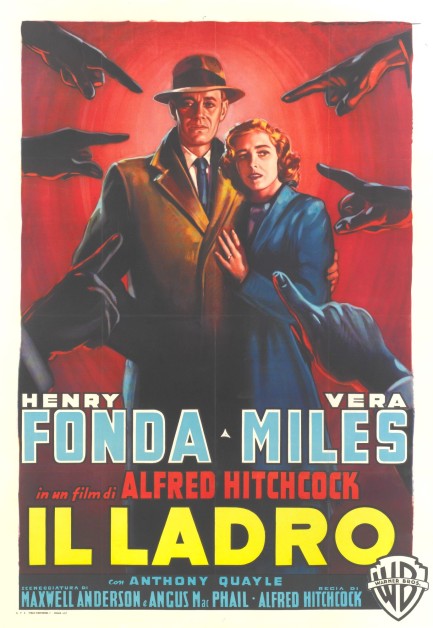












| Intl. Notebook | Jan 26 2023 |

It was a good thing for its readers Hush-Hush didn't know the meaning of the term.
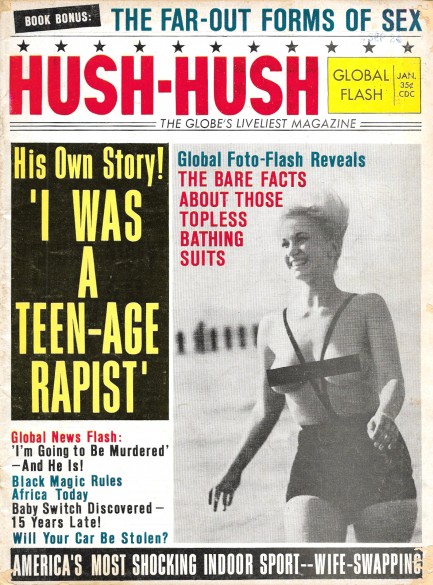
No, we're not going to get into teen-age rapist story that dominates this cover of Hush-Hush published back in January 1965. Though based on a real occurrence, the article is titillation disguised as crime reporting, written during an era when many men thought of rape in one of three ways: vandalization of personal property if the victim was his wife or girlfriend; an attack on the family castle if she was a relative; and she asked for it, which was reserved for most other women. We stress “many men,” not all. From what we gather the majority properly saw it as a heinous attack on the woman. Of course, the vicious nature of it didn't stop it from being widely used as a cinematic and literary device, but that's another discussion, one we've already had and doubtless will again.
Elsewhere on the cover you get photographic proof that topless bathing suits really did exist during the 1960s. There are only a few photos of the things, but Hush-Hush adds to the library of visual confirmation. Now we need proof of the existence of David Dodge's completely backless cache-sexe that made women look nude when viewed from the rear. He says they were worn on the French Riviera during the 1950s, but we have a feeling proof won't be forthcoming anytime soon, absent a time machine and careful coordinates. Lastly, the cover's bottom banner touts wife swapping. How popular was this practice? We can't know. We suggest asking your grandma. But first compliment her cooking: “This casserole is delicious, gram-gram. Did you and paw-paw ever screw other married couples for kicks? Can I have more peas?”
The next article we want to call attention to is, “How Do Tahitian Beauties Drive Men Wild?” Vintage novels that waxed pornographic about the sexual attitudes of Pacific Islanders were almost an official sub-genre, so this story was a must-read for us. And for you too, which can do below. At least mostly. We couldn't upload the entire thing. It's too long, but there's enough to give you the gist. And the gist is simply that Tahitians apparently had no taboos concerning sex, partners, and privacy. The story is framed around alleged trysts with various Hollywood stars, and how Hush-Hush avoided lawsuits from those stars is really a mystery. You'll be entertained. We will say, though, that it's rather unfortunate that the story is couched in insulting terms toward Tahitian women.
As a final note, Hush-Hush used a cheaper printing process and lower quality paper than other publications from the same rank. Those two aspects of the magazine worsened as time passed. By 1965, it was barely a step above the National Informers of the world in terms of technical values. Because of that our scans aren't great. The cheap printing resulted in a scanner moiré pattern on most of the black and white content (though the color came out fine). It's actually fixable in Photoshop or Gimp, so we hear, and we have both programs, but do we want to do all that work for cheap-ass Hush-Hush? We decided we didn't. Therefore, what you see is what you get—twenty-plus scans below.
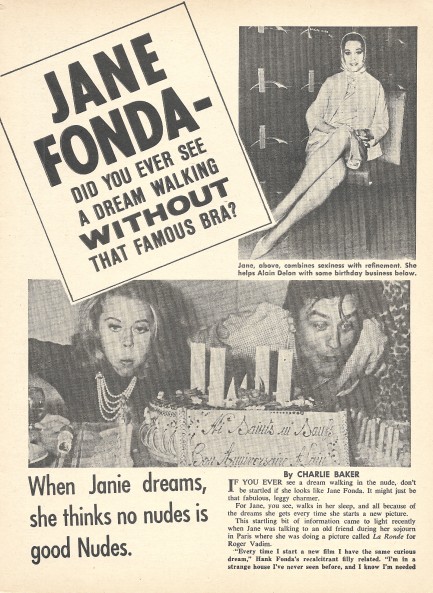
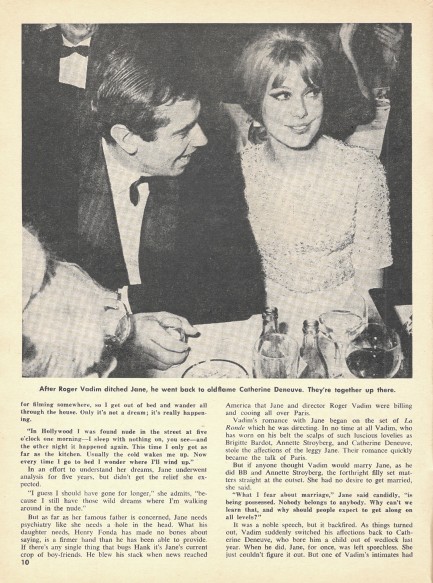
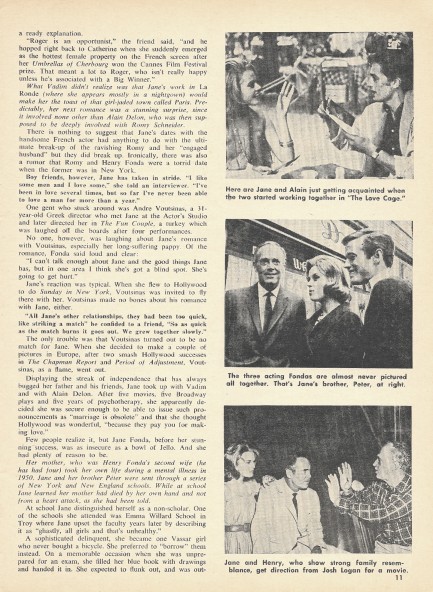
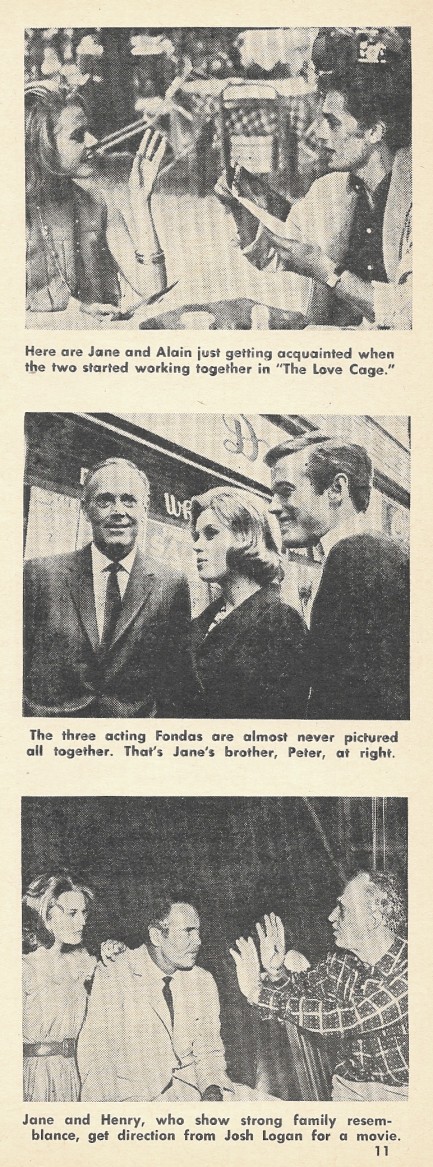
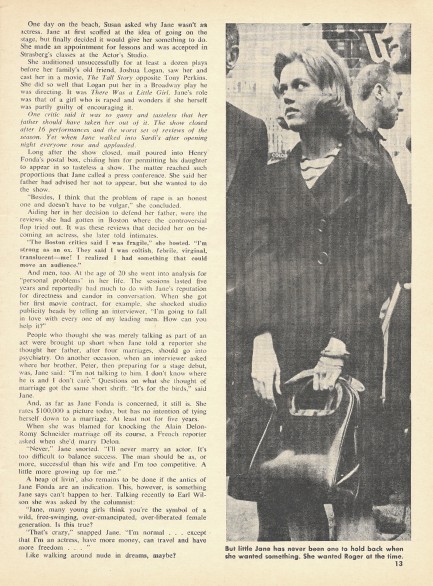
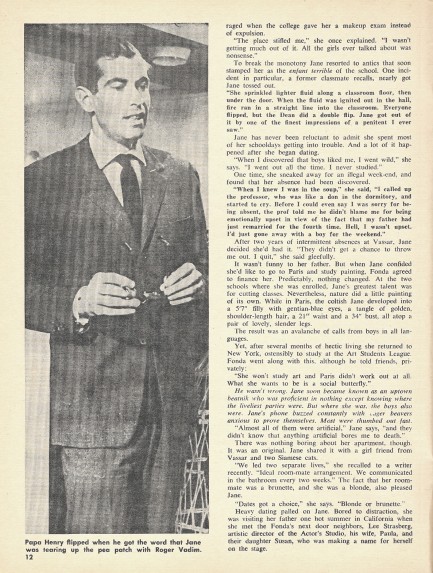
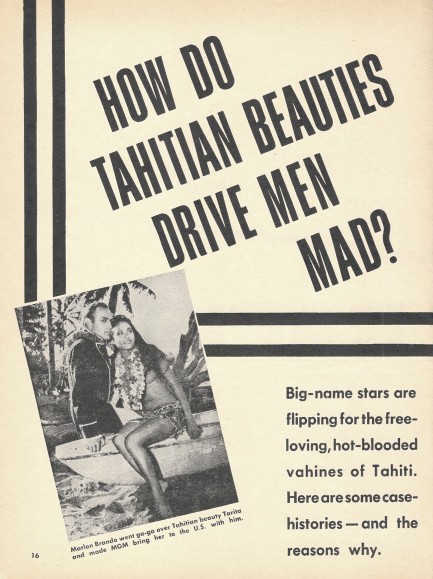
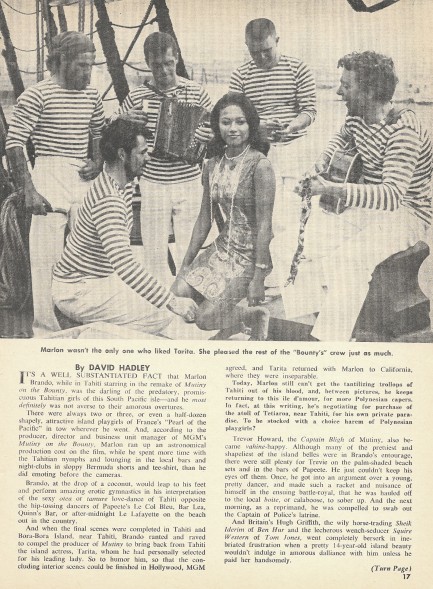


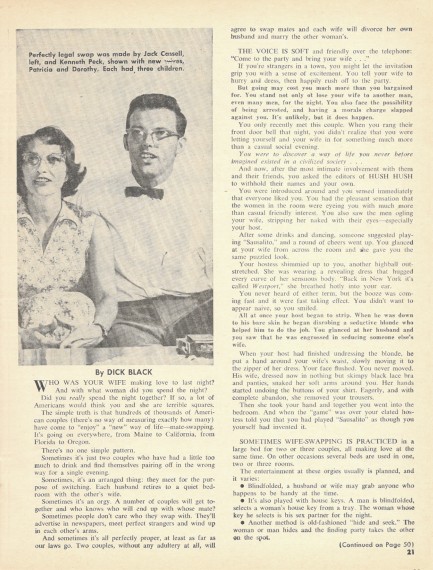
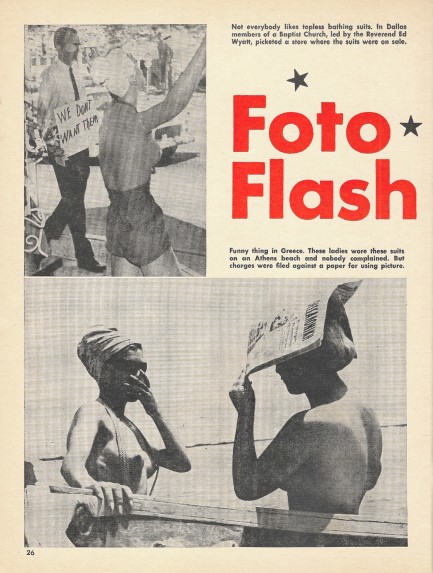
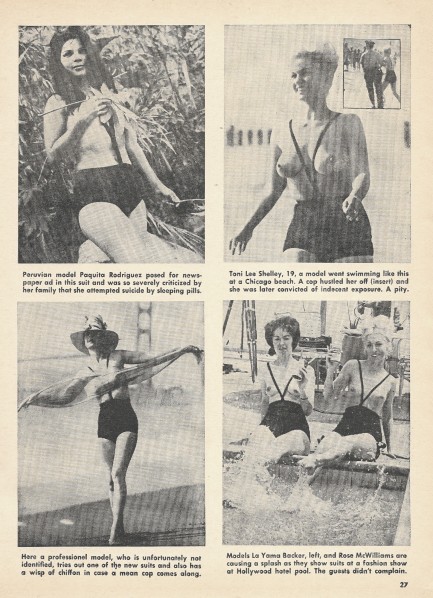
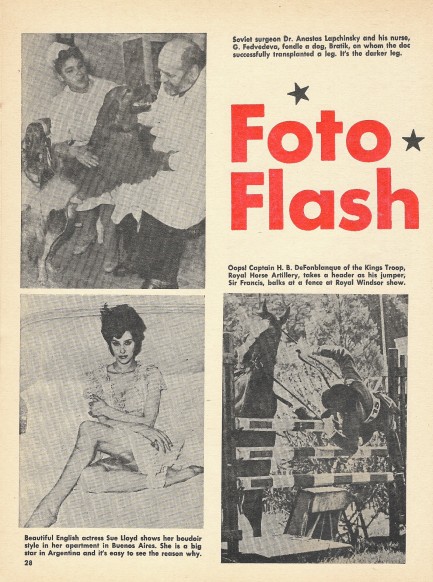
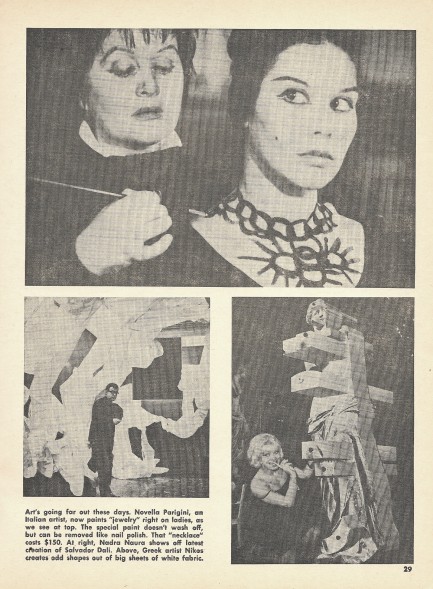
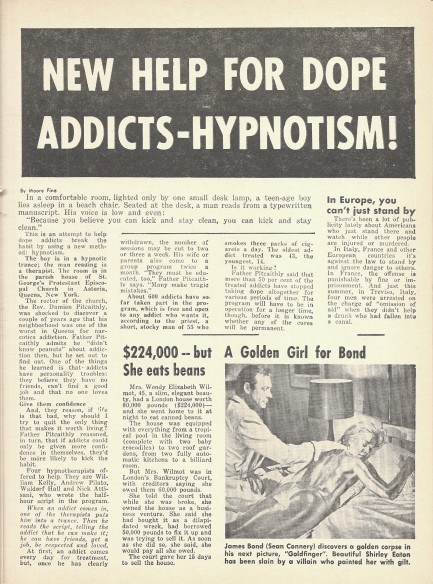
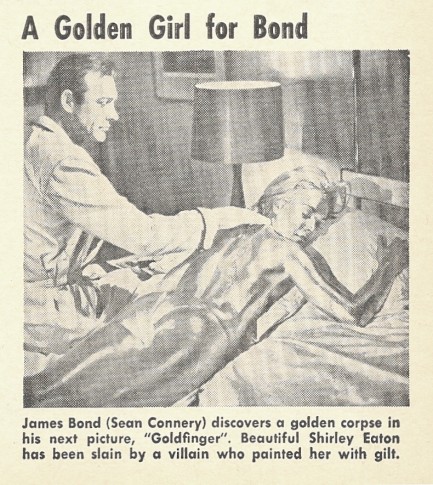
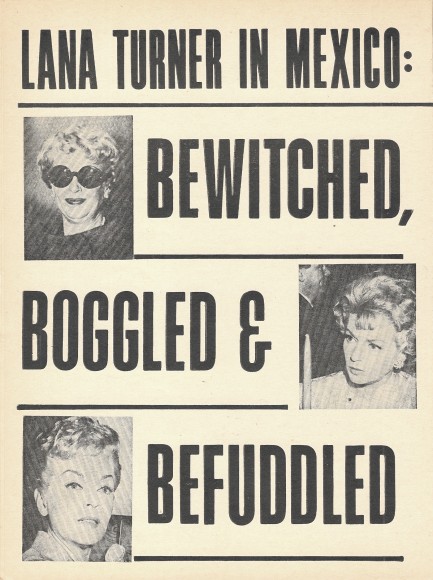
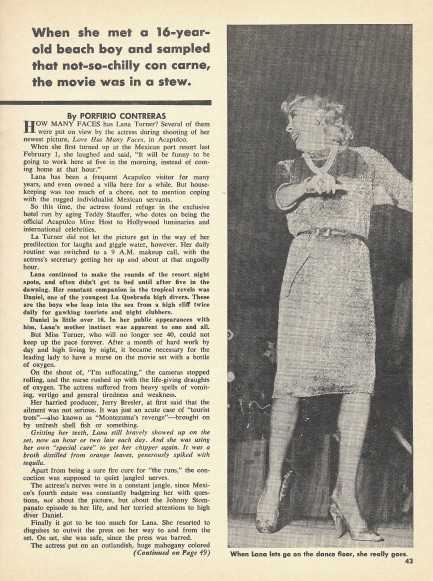
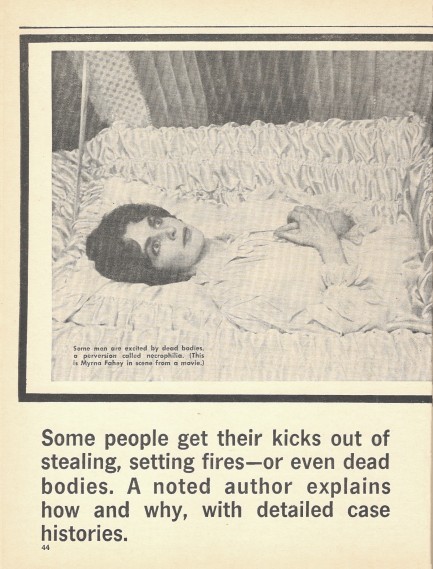
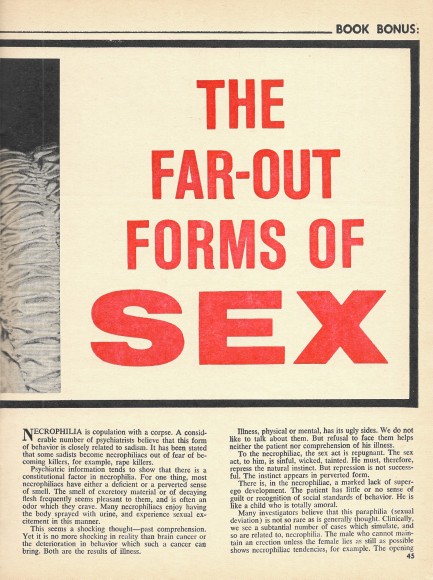
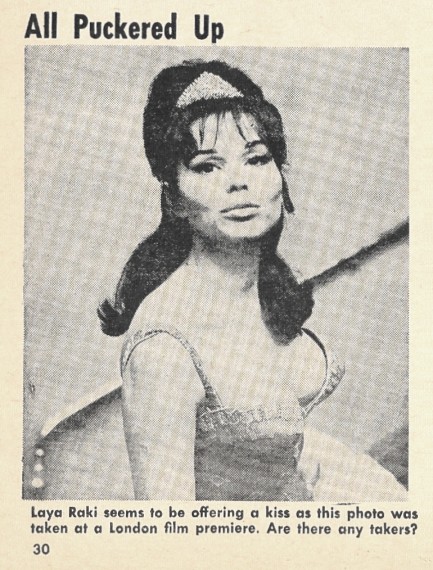
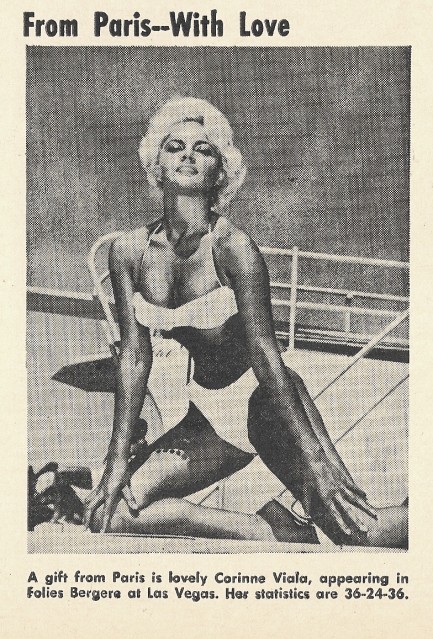























| Hollywoodland | Nov 29 2021 |

She was one of the most watched people in the world—onscreen and off.
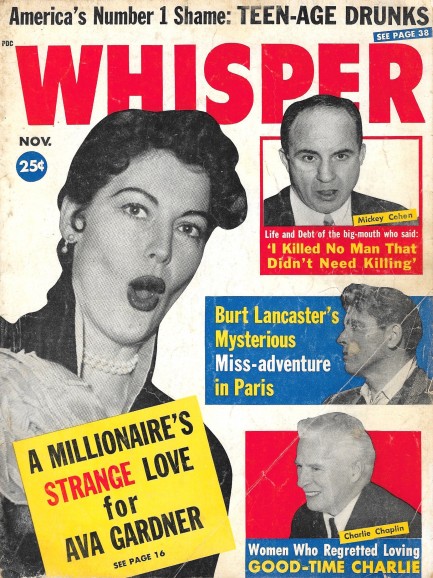
Whisper magazine, in this issue published this month in 1961, offers readers an interesting story about an unnamed millionaire's obsession with Ava Gardner. Apparently the millionaire hired people to follow Gardner around 24/7, all over the world, and report back to him, with this surveillance going on for years. The purpose? If he couldn't have her, he at least wanted to know what she was doing. Whisper focuses on a particular spy named Bill, the fourth of four spies employed by the millionaire, who Gardner came to be friends with and let live on her property, rather than have to sleep in his car night after night. Is this tale true? Maybe. Money buys a lot—including tolerance for bad behavior.
And speaking money, there's also a story on gangster Mickey Cohen, who counted among his consorts Liz Renay and Candy Barr, both of whom we've discussed, Renay here, and Barr here and here. Barr has also shown up in five magazines we've posted. The easiest way to see those is click her keywords and scroll. Cohen proves that no matter what people try to tell you, money is an aphrodisiac, because there's no way trolls like him could score beautiful dancers and models if it weren't for wealth. Take a look at the worst man in the world, and if he has money, he has a wife far more beautiful than makes sense.
Whisper goes on to talk about Burt Lancaster's and Charlie Chaplin's lovers, teen-age drunks, Soviet honeytraps, U.S. prisons, Jane Fonda's professional and family lives, and more. It was a Robert Harrison publication that morphed from a cheesecake magazine with painted pin-up covers into a gossip rag. That happened around 1954, when the original Whisper, launched in 1946, began going broke thanks to an inability to compete with girly magazine numero uno—Playboy. But there was plenty of room in the tabloid market and Harrison made Whisper a staple monthly on par with Confidential, his flagship publication. We'll have more from Whisper later, as always.
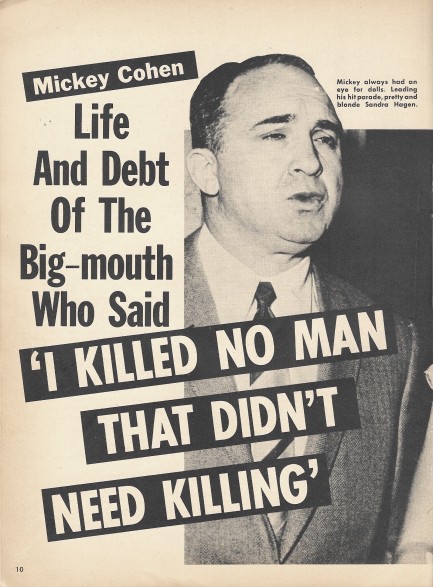
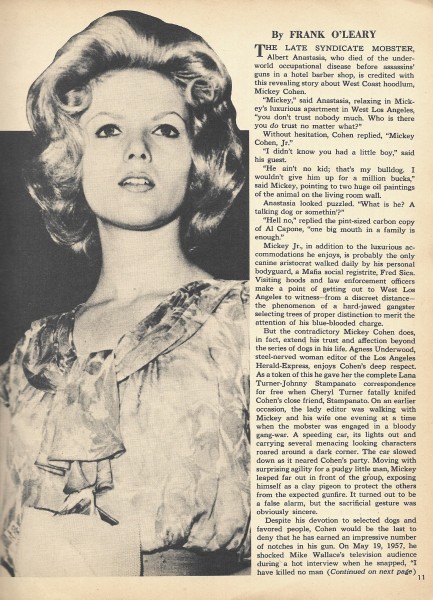
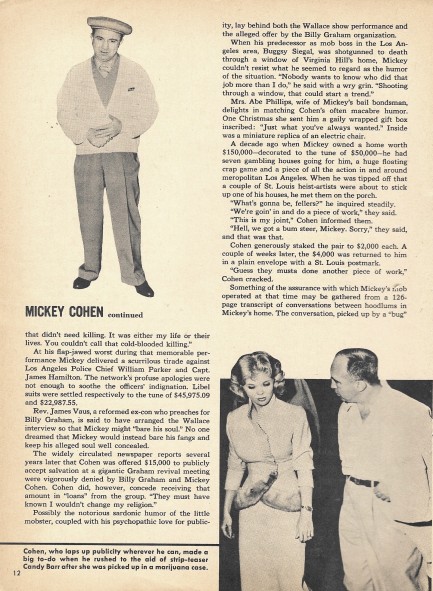

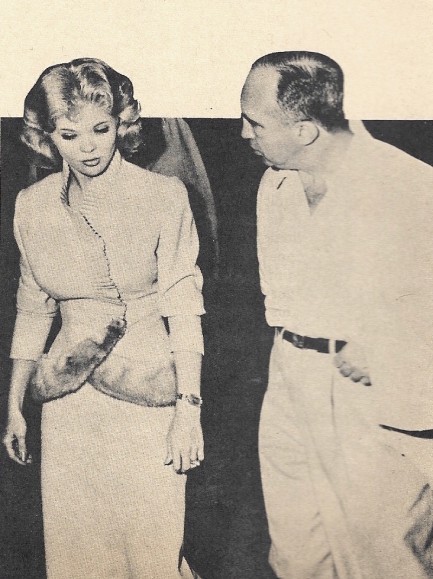
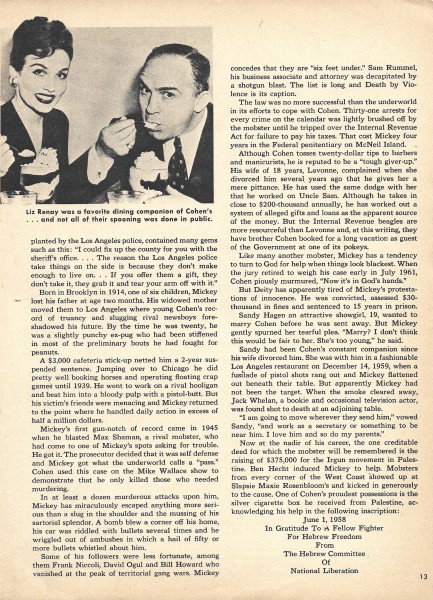
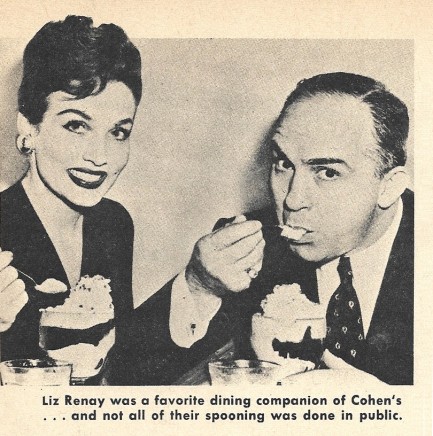
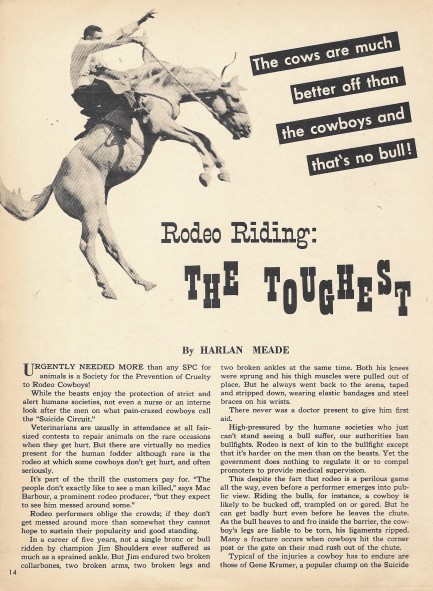
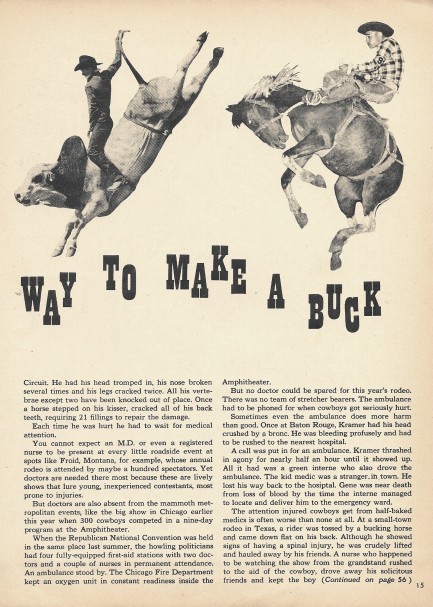
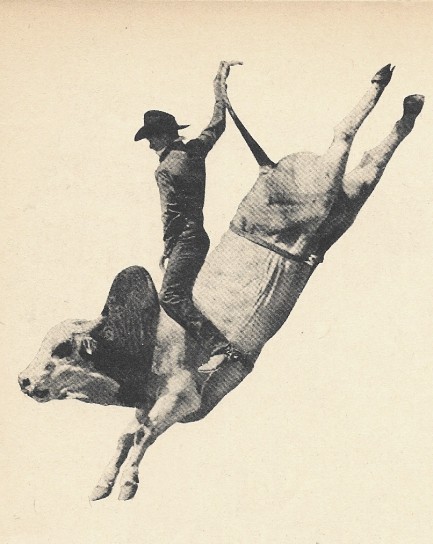
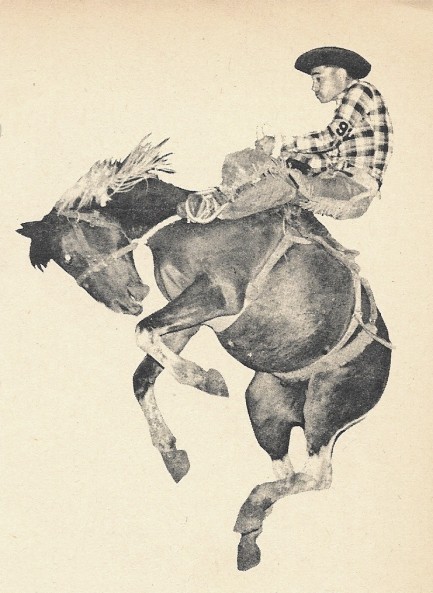
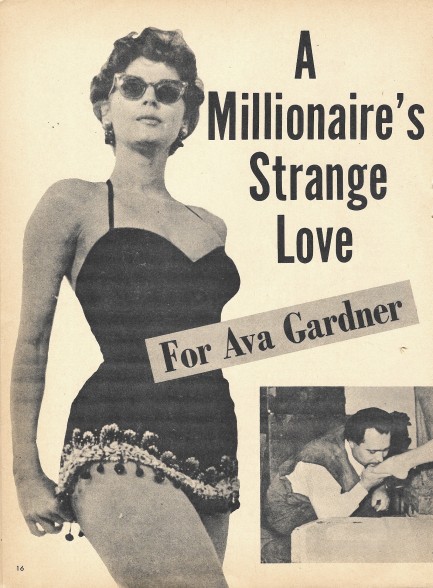
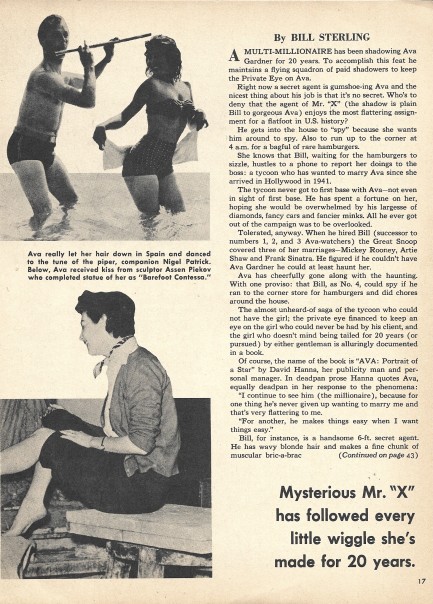
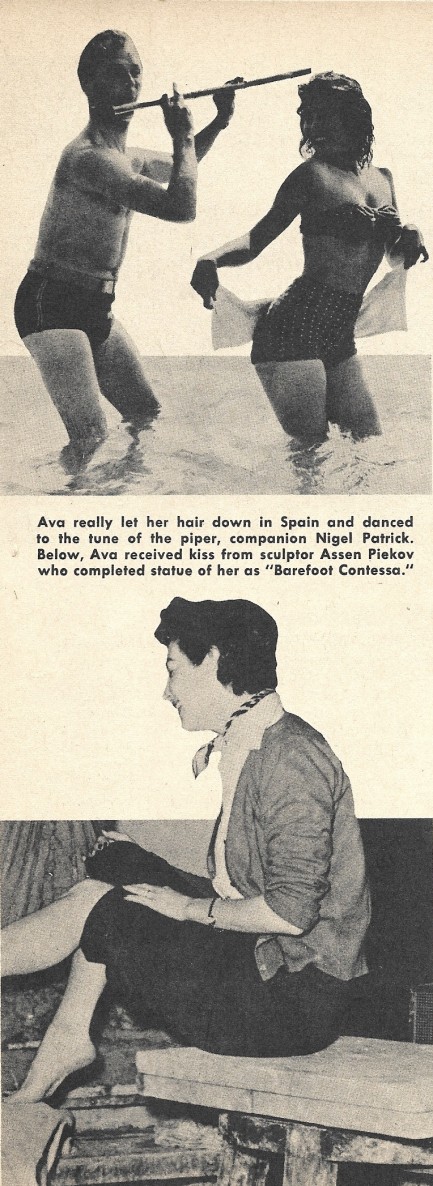
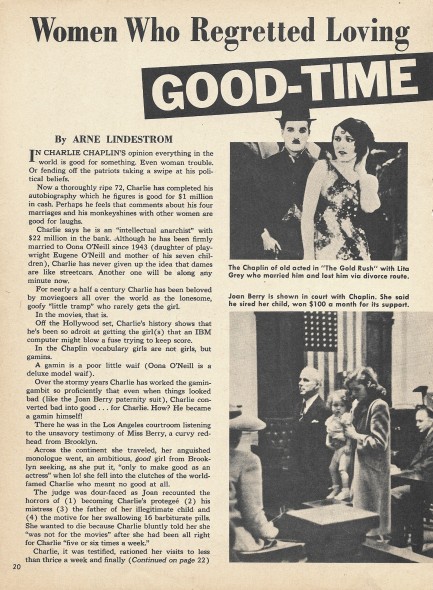
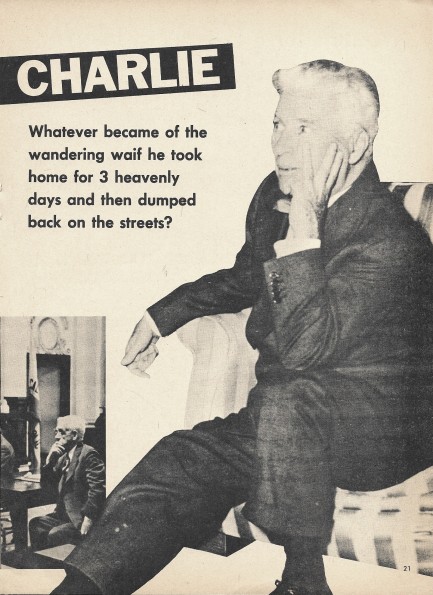
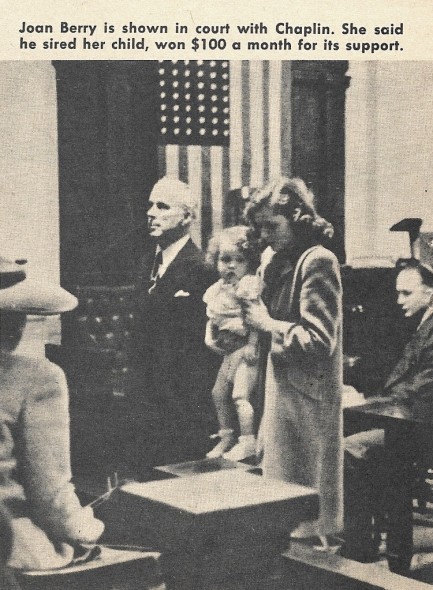
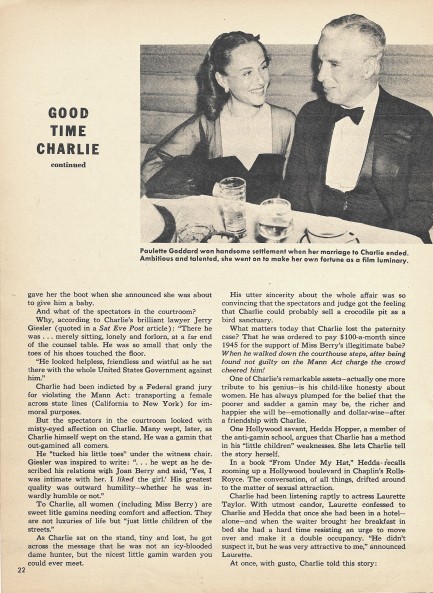
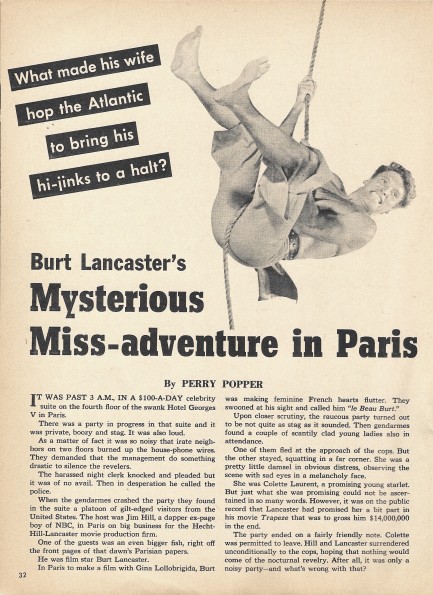
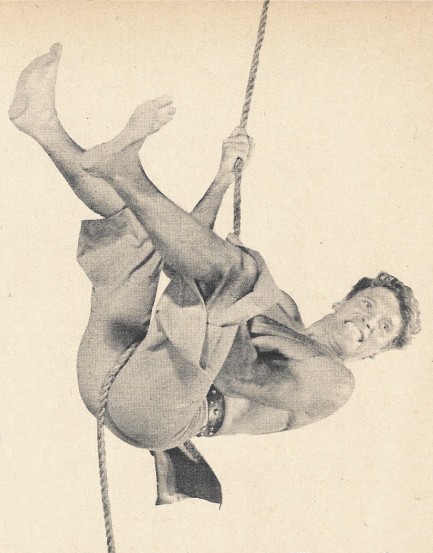
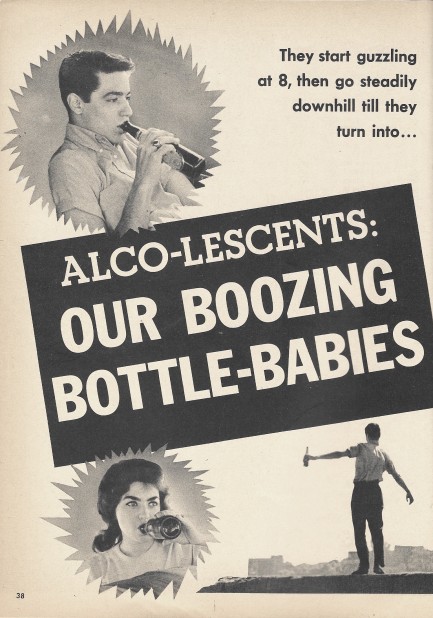

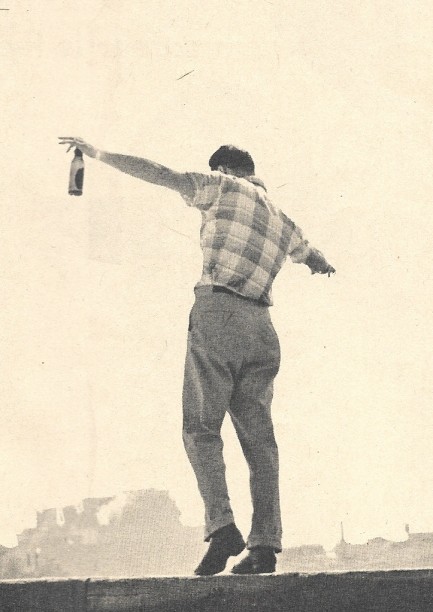
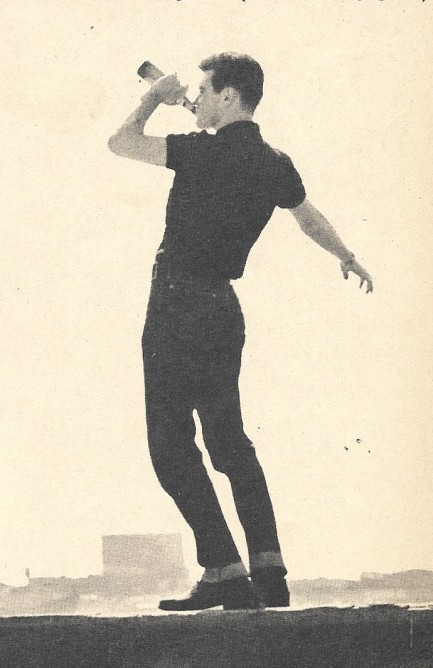
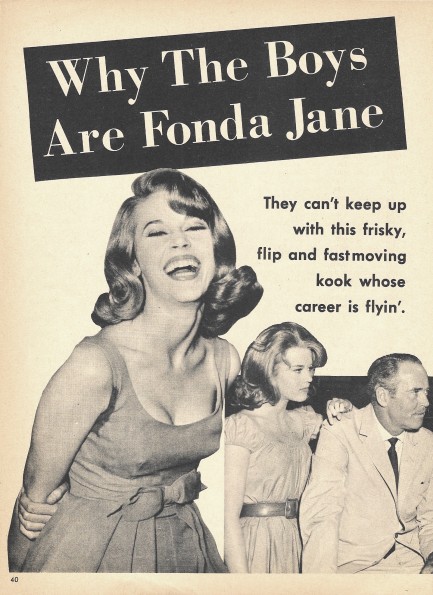
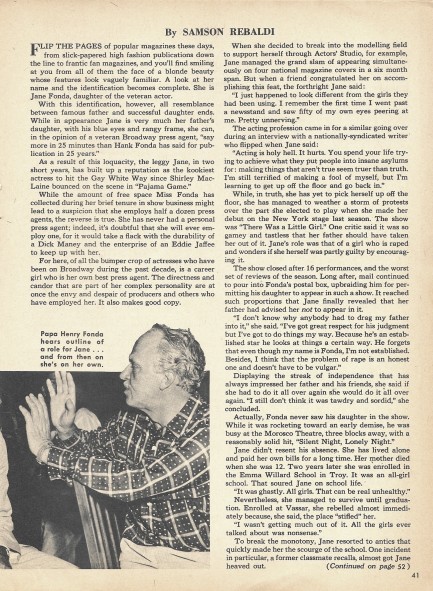
| Hollywoodland | Feb 8 2018 |

Sometimes a great notion becomes a perfect photo op.
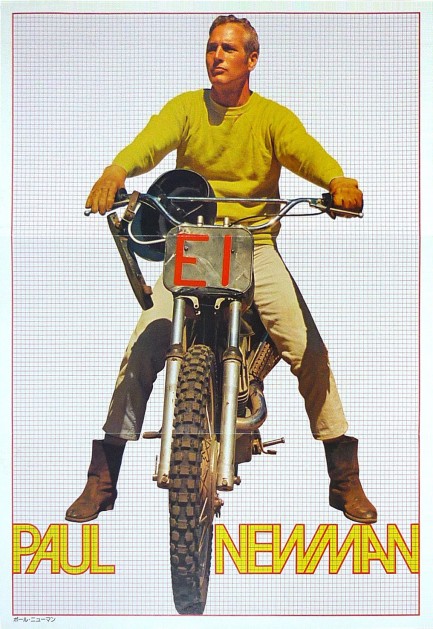
Above is an image of Paul Newman made while filming the 1970 drama Sometimes a Great Notion. The shot was placed atop a grid background and distributed as a gatefold poster in a 1976 issue of the Japanese pop culture magazine Roadshow. We love this thing. The magazine editors flipped the negative and colored in the dirt bike's number plate, which is why it looks like “EI” instead of 13, but whichever way you look at the shot, Newman seems to be staring off into the distance and thinking, “I wonder if there's anyone on this planet remotely as cool as I am?” Then he goes, “Naaah!” and sends up a rooster tail of loose dirt as he rockets away. He rode the bike for a scene in Great Notion, but if you plan to watch the movie be forewarned it's adapted from a Ken Kesey novel about loggers, and has little to do with racing. That said, it's a pretty good flick and the novel is killer. As is this promo. Japanese promos in magazines like Screen and Roadshow are often amazing and this one follows in the tradition. Wanna see what we mean? Look here and here.
| Vintage Pulp | Feb 21 2016 |

Italian master’s genius spanned decades.
Back in August we showed you a poster from Luigi Martinati, who worked from 1923 to 1967, and said we'd get back to him. Below, seven more great promotional pieces with his distinctive signature on each.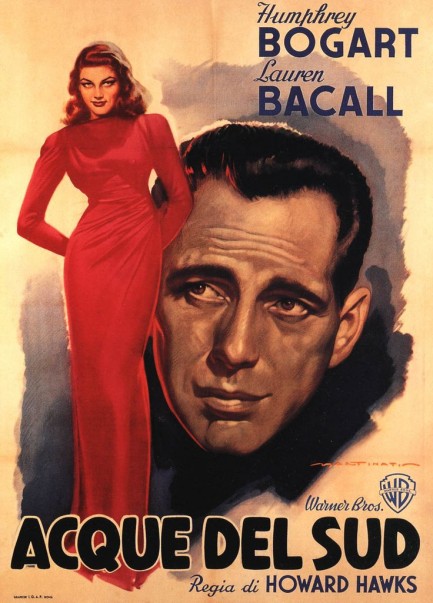
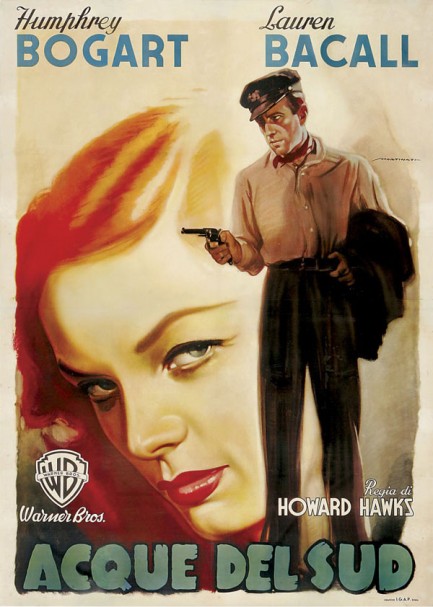
To Have and Have Not
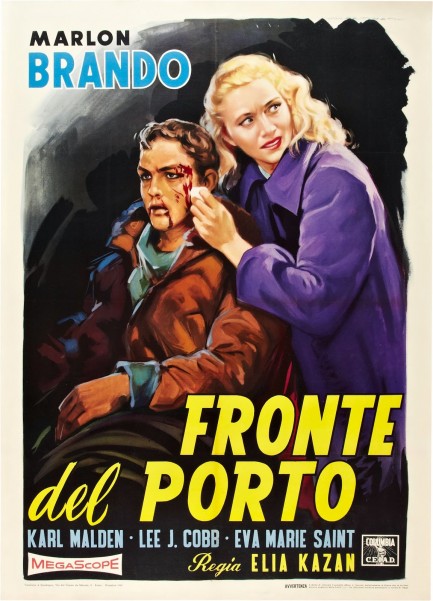
On the Waterfront
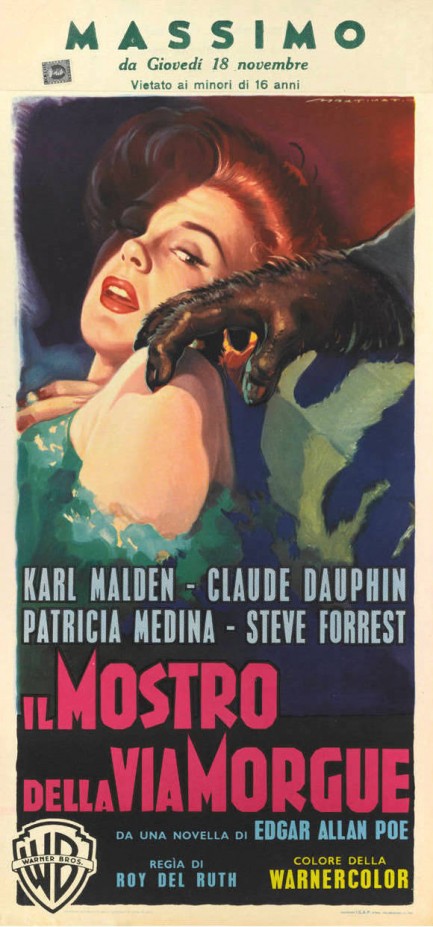
Phantom of the Rue Morgue
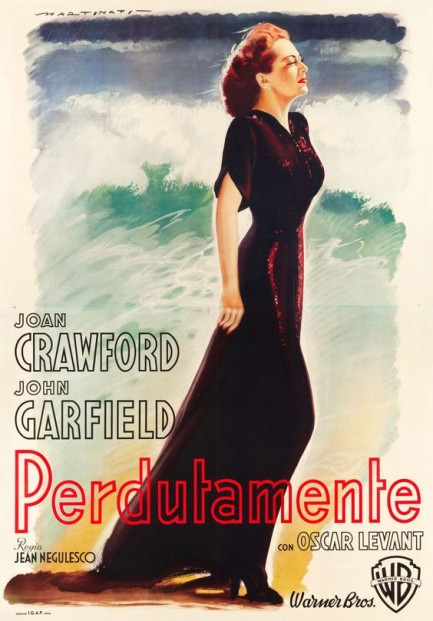
Humoresque

Flamingo Road
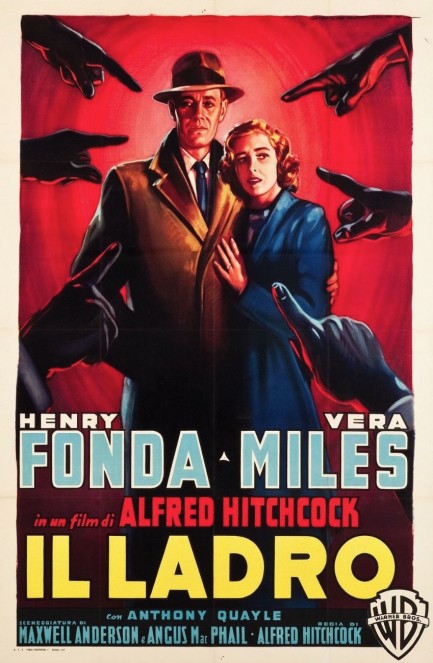
The Wrong Man
ItalyAcque del sudTo Have and Have NotFronte del porteOn the WaterfrontPerdutamenteHumoresqueMurders in the Rue MorgueIl mostro della Via MorgueViale FlamingoFlamingo RoadThe Wrong ManIl ladroLuigi MartinatiJoan CrawfordLauren BacallHumphrey BogartMarlon BrandoEva Marie SaintHenry FondaVera Milesposter artcinemafilm noir




































































